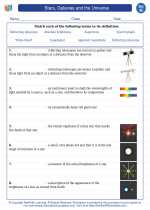X-Rays: An Explanation
X-rays are a form of electromagnetic radiation, just like visible light. However, x-rays have much shorter wavelengths than visible light, which allows them to pass through many materials that would absorb or reflect visible light. X-rays are commonly used in medical imaging to create images of the inside of the body, but they also have other important uses in scientific research and industrial applications.
Properties of X-Rays
X-rays have several important properties:
- Penetrating Power: X-rays can penetrate solid objects, including human tissue. This property makes them useful for medical imaging and non-destructive testing.
- Invisibility: X-rays are invisible to the human eye, but can be detected with specialized equipment such as x-ray film or digital detectors.
- Ionizing Radiation: X-rays have enough energy to ionize atoms and molecules, which can be both beneficial (in medical treatments) and harmful (in terms of radiation exposure).
Uses of X-Rays
X-rays have a wide range of applications, including:
- Medical Imaging: X-rays are commonly used to create images of the bones and internal organs. They can help diagnose fractures, infections, tumors, and other conditions.
- Security Screening: X-ray scanners are used to inspect luggage, cargo, and other items for security purposes.
- Industrial Testing: X-rays are used to inspect welds, pipelines, and other structures for defects without damaging the material.
- Scientific Research: X-rays are used to study the structure of molecules, crystals, and materials at the atomic level.
Study Guide: X-Rays
1. What are x-rays and how do they differ from visible light?
X-rays are a form of electromagnetic radiation with much shorter wavelengths than visible light. This allows them to penetrate many materials that would absorb or reflect visible light.
2. What are the properties of x-rays?
X-rays have penetrating power, are invisible to the human eye, and are capable of ionizing atoms and molecules.
3. What are some common uses of x-rays?
X-rays are used in medical imaging, security screening, industrial testing, and scientific research.
4. How do x-rays contribute to medical diagnosis and treatment?
X-rays can create images of the inside of the body, allowing doctors to diagnose conditions such as fractures, infections, and tumors. They are also used in radiation therapy to treat cancer.
.◂Science Worksheets and Study Guides Eighth Grade. Stars, Galaxies and the Universe
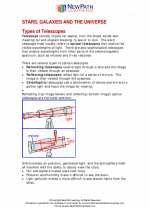
 Worksheet/Answer key
Worksheet/Answer key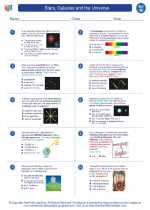
 Worksheet/Answer key
Worksheet/Answer key
 Worksheet/Answer key
Worksheet/Answer key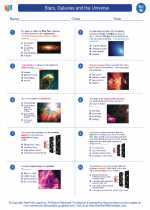
 Vocabulary/Answer key
Vocabulary/Answer key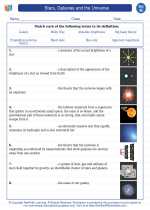
 Vocabulary/Answer key
Vocabulary/Answer key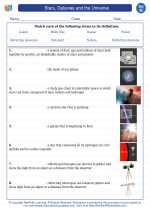
 Vocabulary/Answer key
Vocabulary/Answer key